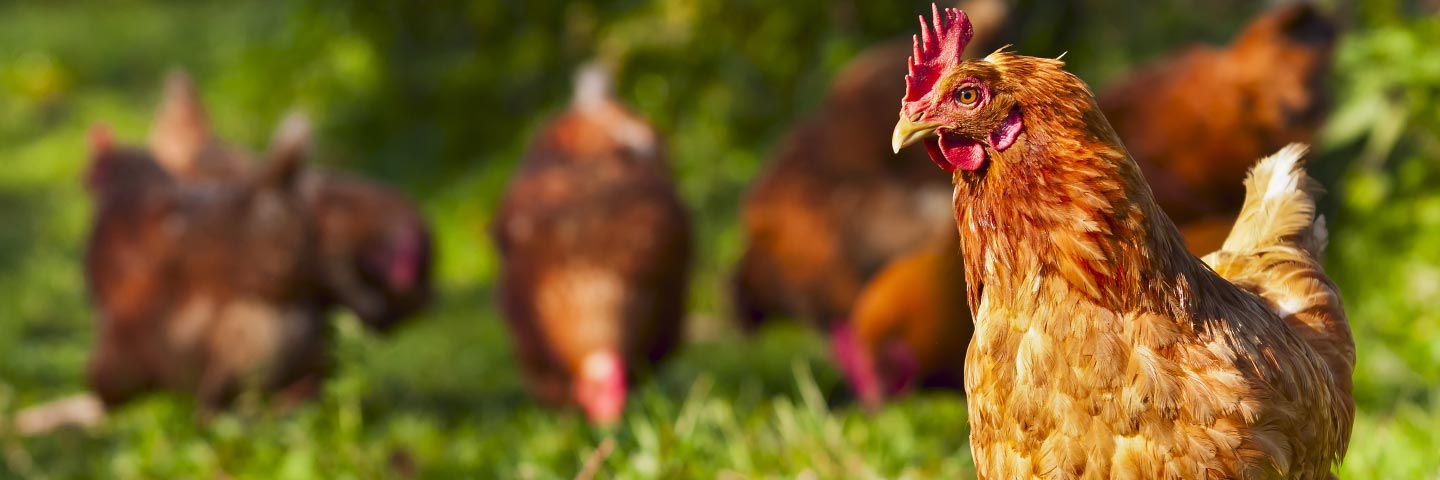
Visit our other sites
-
Fapas - Proficiency Testing
Globally recognised provider of proficiency tests, running over 400 tests annually across an extensive range of matrices and analytes
-
Great Crested Newts Testing
A single sample taken by an ecologist at any time during the newt breeding season can determine their presence or absence, saving you time and money

Method Used
LC-MS/MS
Accreditation
ISO 17025
Standard Turnaround Time
10 working days
As well as accredited analyses for a range of matrices from food producing animals. Fera also provide bespoke method development solutions and un-accredited analyses for other analyte/matrix combinations. Processed meat and samples high in fat may present an analytical challenge and require additional method development prior to analysis and as such cannot always be analysed using accredited methodology. Please get in touch using the contact details on this page to confirm testing requirements and accreditation status if unsure.
Fera’s ISO 17025 accreditation status can be found at https://www.ukas.com/download-schedule/1642/Testing/.
Fera’s food safety experts can highlight the presence of Chloramphenicol across a range of food types including; poultry and game, seafood, fish, red meat and offal, honey, eggs & milk, to a reporting limit of half the assigned MRPL value. The standard turnaround offered is 10 working days, but a more rapid turnaround is also available.
Chloramphenicol currently has Annex IV classification under Commission Regulation (EU) 37/2010. A Minimum Required Performance Limit (MRPL) of 0.3 µg/kg has been set (Commission Decision 2003 / 181/ E). There is therefore a requirement for analytical methodology to monitor for residues of these compounds in foodstuffs of animal origin.
Chloramphenicol is a broad-spectrum antibiotic effective against gram-positive and gram-negative bacteria and, in the past, has been widely used to treat infections in both humans and animals. Chloramphenicol is now not authorised for use in food-producing animals in the European Union (EU) but may be used in human medicine and in treatments for non-food-producing animals. As a result effective due diligence activities should be undertaken.
As well as from its potential occurrence as a residue in food from illicit treatment of food-producing animals, chloramphenicol has also been used in feed and food enzyme products and may occur naturally in plants from its production by the soil bacterium Streptomyces venezuelae. All of these factors can increase consumer exposure to Chloramphenicol.
Testing is carried out using liquid chromatography–tandem mass spectrometry (LC–MS/MS).
The method has been validated in accordance with the principles set out in Commission Decision 2002/657/EC.
The analysis is accredited to ISO17025 by the United Kingdom Accreditation Service (UKAS)
Confirmatory Analysis
Confirmatory analysis, where required, will be at the same value as the analysis performed. Fera will contact you beforehand to establish if the additional analysis is required. The delivery time for confirmatory results will be 10 working days from your instruction to proceed.
Please contact us to discuss volume discounts.
| Detail | Specification |
|---|---|
Standard Turnaround Time | 10 working days |
Method Used | LC-MS/MS |
Accreditation | ISO 17025 |
Chloramphenicol
Add Samples
Your Current Samples
Please review your sample(s). Additional sample charges may apply where applicable.
There are no samples associated with this product at this time

Copyright © 2025 Fera Science Limited (“Fera”). All rights reserved.
For further information about how Fera uses any personal data collected from you, please see our Privacy Notice at www.fera.co.uk/privacy-policy.




